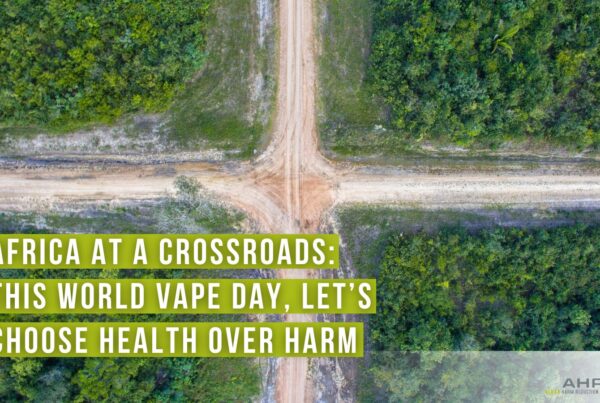Kenya has a problem with cigarette smoking. Too many smokers are dying from smoking-related diseases as smokers repeatedly try—but fail—to give up the habit.
Kenya has the seventh highest population of tobacco users aged 15 years and above in Africa, a new report published by the World Health Organization (WHO) said. Regarding tobacco prevalence trends, Kenya dropped from a high of 15.5 in 2000 to a low of 9.7 as of 2020, with the World Health Organization (WHO) projecting a further drop to 8.6 by next year and a low of 7.7 by 2030.

A significant part of the challenge lies in the confusion between tobacco and nicotine, with many mistaking them for the same thing. In truth, it’s the harmful substances in cigarette smoke, rather than nicotine itself, that are the main culprits behind smoking’s deadly impact.
Science has long established that smoking kills, and governments across the world have rolled out legislation to ensure the dangers are well known and that innocent bystanders and minors are not put in harm’s way. That’s why in Kenya, cigarette packs now have graphic images – to put off potential smokers and remind smokers of what they are getting into – and smokers in urban areas are confined to designated smoking zones.
In countries such as Sweden and the United Kingdom, the role of these alternatives in reducing smoking rates has been acknowledged by various bodies, with governments enacting laws to enable wider adult smokers access to these products.
Sweden is evidently a public health success story, and WHO should be holding it up as a template fo African nations to reduce the terrible toll of cigarettes, which currently kill 8,000 Kenyans every year.
It’s time for Kenya to follow suit by adopting an approach that prioritises harm reduction, allowing smokers a more viable path to quitting, saving lives, and, more importantly, establishing a cessation service under the Health Ministry to directly assist smokers in quitting through evidence-based approaches in tobacco harm reduction.
THR Topics
Popular Posts
Quick Links
Women in THR
Related Posts
 Letter to the World Health Organization (WHO)
Letter to the World Health Organization (WHO)
Letter to the World Health Organization (WHO)
 Public Health implications of vaping in Germany
Public Health implications of vaping in Germany
Public Health implications of vaping in Germany
 Public Health implications of vaping in the United States of America
Public Health implications of vaping in the United States of America








